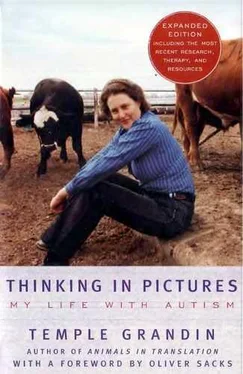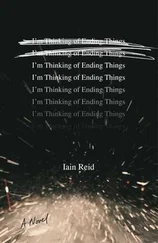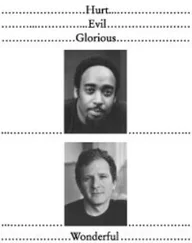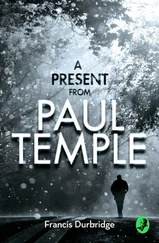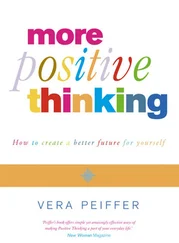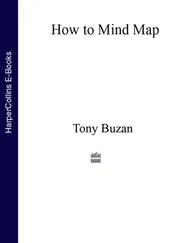I have conquered the summit of FPC. Higher ones still remain unchallenged. Class 70
I went through the little door tonight and placed the plaque on the top of the library roof. I was not as nervous this time. I had been much more nervous in the past. Now I have already made it and the little door and the mountain had already been climbed. The conquering of this mountain is only the beginning for the next mountain.
The word «commencement» means beginning and the top of the library is the beginning of graduate school. It is human nature to strive, and this is why people will climb mountains. The reason why is that people strive to prove that they could do it.
After all, why should we send a man to the moon? The only real justification is that it is human nature to keep striving out. Man is never satisfied with one goal he keeps reaching. The real reason for going to the library roof was to prove that I could do it.
During my life I have been faced with five or six major doors or gates to go through. I graduated from Franklin Pierce, a small liberal arts college, in 1970, with a degree in psychology, and moved to Arizona to get a Ph.D. As I found myself getting less interested in psychology and more interested in cattle and animal science, I prepared myself for another big change in my life— switching from a psychology major to an animal science major. On May 8, 1971, I wrote:
I feel as if I am being pulled more and more in the farm direction. I walked through the cattle chute gate but I am still holding on tightly to the gate post. The wind is blowing harder and harder and I feel that I will let go of the gate post and go back to the farm; at least for a while. Wind has played an important part in many of the doors. On the roof, the wind was blowing. Maybe this is a symbol that the next level that is reached is not ultimate and that I must keep moving on. At the party [a psychology department party] I felt completely out of place and it seems as if the wind is causing my hands to slip from the gate post so that I can ride free on the wind.
At that time I still struggled in the social arena, largely because I didn't have a concrete visual corollary for the abstraction known as «getting along with people.» An image finally presented itself to me while I was washing the bay window in the cafeteria (students were required to do jobs in the dining room). I had no idea my job would take on symbolic significance when I started. The bay window consisted of three glass sliding doors enclosed by storm windows. To wash the inside of the bay window, I had to crawl through the sliding door. The door jammed while I was washing the inside panes, and I was imprisoned between the two windows. In order to get out without shattering the door, I had to ease it back very carefully. It struck me that relationships operate the same way. They also shatter easily and have to be approached carefully. I then made a further association about how the careful opening of doors was related to establishing relationships in the first place. While I was trapped between the windows, it was almost impossible to communicate through the glass. Being autistic is like being trapped like this. The windows symbolized my feelings of disconnection from other people and helped me cope with the isolation. Throughout my life, door and window symbols have enabled me to make progress and connections that are unheard of for some people with autism.
In more severe cases of autism, the symbols are harder to understand and often appear to be totally unrelated to the things they represent. D. Park and P. Youderian described the use of visual symbols and numbers by Jessy Park, then a twelve-year-old autistic girl, to describe abstract concepts such as good and bad. Good things, such as rock music, were represented by drawings of four doors and no clouds. Jessy rated most classical music as pretty good, drawing two doors and two clouds. The spoken word was rated as very bad, with a rating of zero doors and four clouds. She had formed a visual rating system using doors and clouds to describe these abstract qualities. Jessy also had an elaborate system of good and bad numbers, though researchers have not been able to decipher her system fully.
Many people are totally baffled by autistic symbols, but to an autistic person they may provide the only tangible reality or understanding of the world. For example, «French toast» may mean happy if the child was happy while eating it. When the child visualizes a piece of French toast, he becomes happy. A visual image or word becomes associated with an experience. Clara Park, Jessy's mother, described her daughter's fascination with objects such as electric blanket controls and heaters. She had no idea why the objects were so important to Jessy, though she did observe that Jessy was happiest, and her voice was no longer a monotone, when she was thinking about her special things. Jessy was able to talk, but she was unable to tell people why her special things were important. Perhaps she associated electric blanket controls and heaters with warmth and security. The word «cricket» made her happy, and «partly heard song» meant «I don't know.» The autistic mind works via these visual associations. At some point in Jessy's life, a partly heard song was associated with not knowing.
Ted Hart, a man with severe autism, has almost no ability to generalize and no flexibility in his behavior. His father, Charles, described how on one occasion Ted put wet clothes in the dresser after the dryer broke. He just went on to the next step in a clothes-washing sequence that he had learned by rote. He has no common sense. I would speculate that such rigid behavior and lack of ability to generalize may be partly due to having little or no ability to change or modify visual memories. Even though my memories of things are stored as individual specific memories, I am able to modify my mental images. For example, I can imagine a church painted in different colors or put the steeple of one church onto the roof of another; but when I hear somebody say the word «steeple,» the first church that I see in my imagination is almost always a childhood memory and not a church image that I have manipulated. This ability to modify images in my imagination helped me to learn how to generalize.
Today, I no longer need door symbols. Over the years I have built up enough real experiences and information from articles and books I have read to be able to make changes and take necessary steps as new situations present themselves. Plus, I have always been an avid reader, and I am driven to take in more and more information to add to my video library. A severely autistic computer programmer once said that reading was «taking in information.» For me, it is like programming a computer.
Visual Thinking and Mental Imagery
Recent studies of patients with brain damage and of brain imaging indicate that visual and verbal thought may work via different brain systems. Recordings of blood flow in the brain indicate that when a person visualizes something such as walking through his neighborhood, blood flow increases dramatically in the visual cortex, in parts of the brain that are working hard. Studies of brain-damaged patients show that injury to the left posterior hemisphere can stop the generation of visual images from stored long-term memories, while language and verbal memory are not impaired. This indicates that visual imagery and verbal thought may depend on distinct neurological systems.
The visual system may also contain separate subsystems for mental imagery and image rotation. Image rotation skills appear to be located on the right side of the brain, whereas visual imagery is in the left rear of the brain. In autism, it is possible that the visual system has expanded to make up for verbal and sequencing deficits. The nervous system has a remarkable ability to compensate when it is damaged. Another part can take over for a damaged part.
Читать дальше
